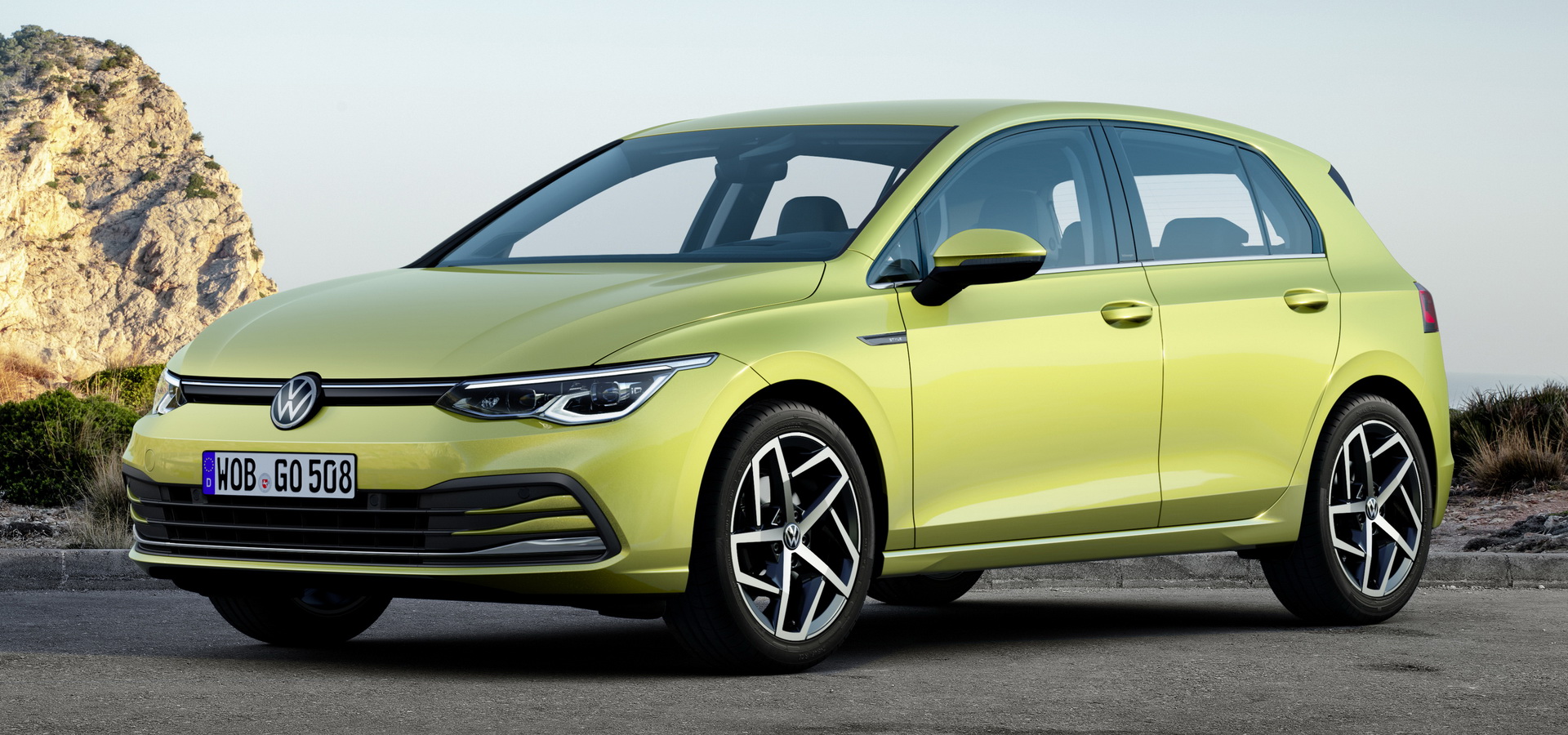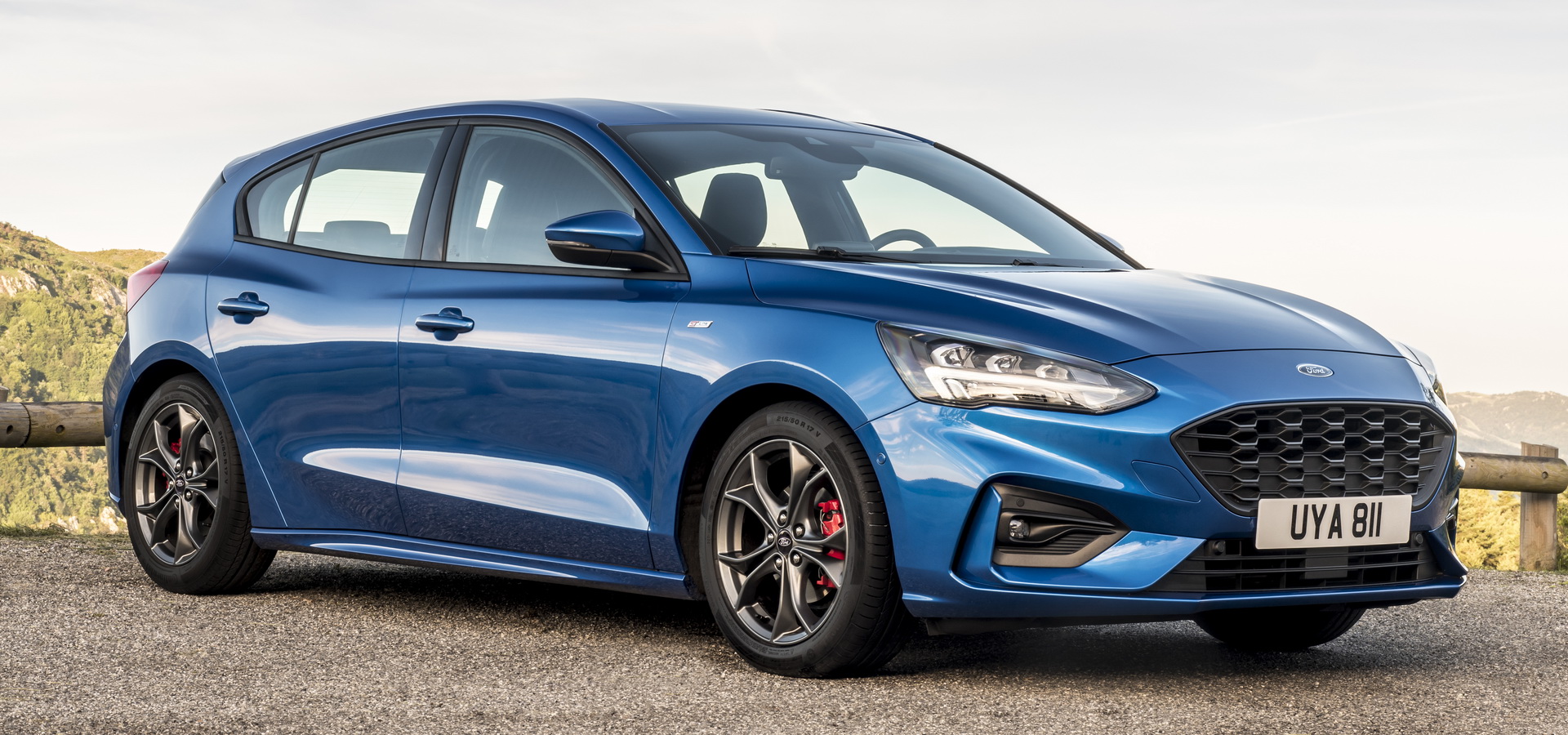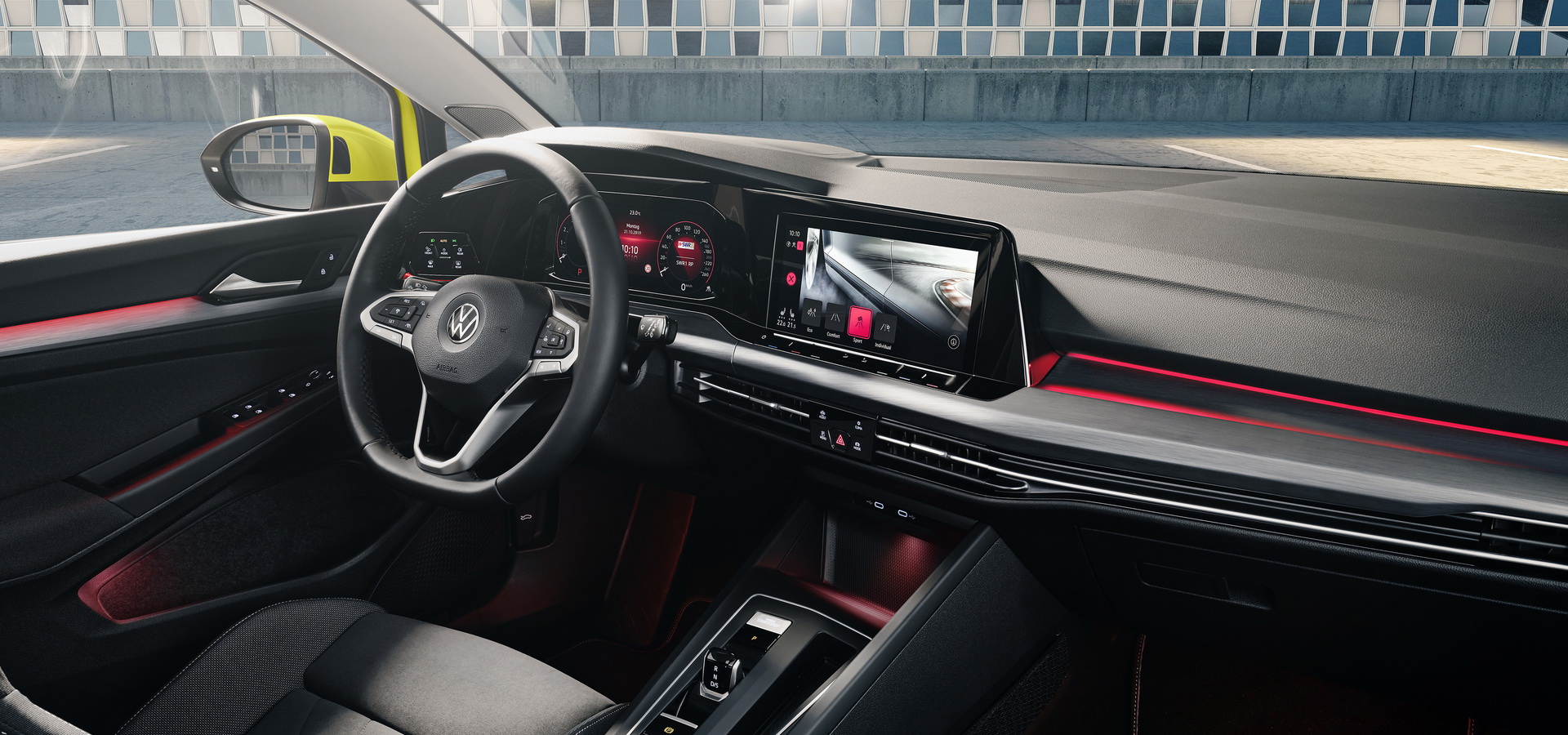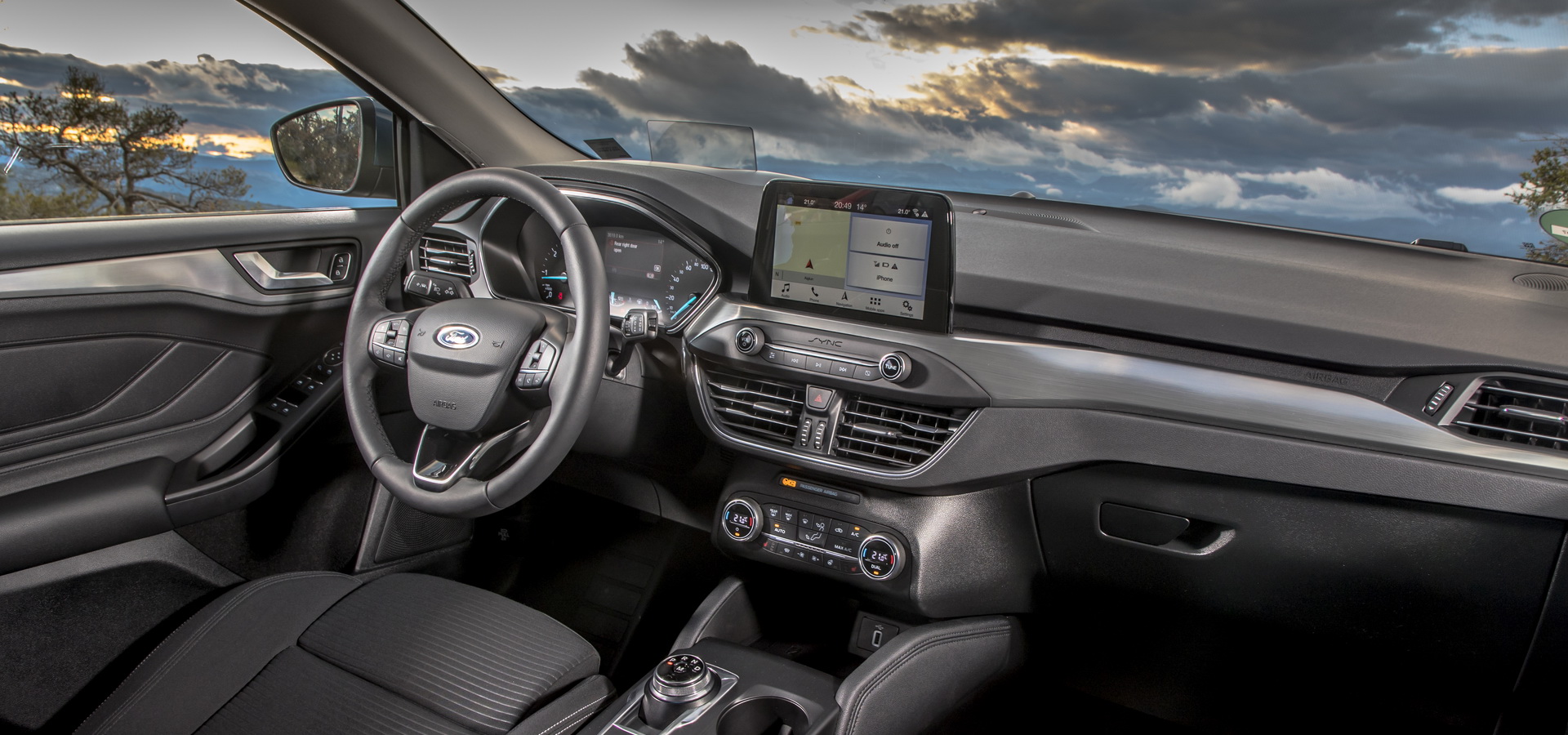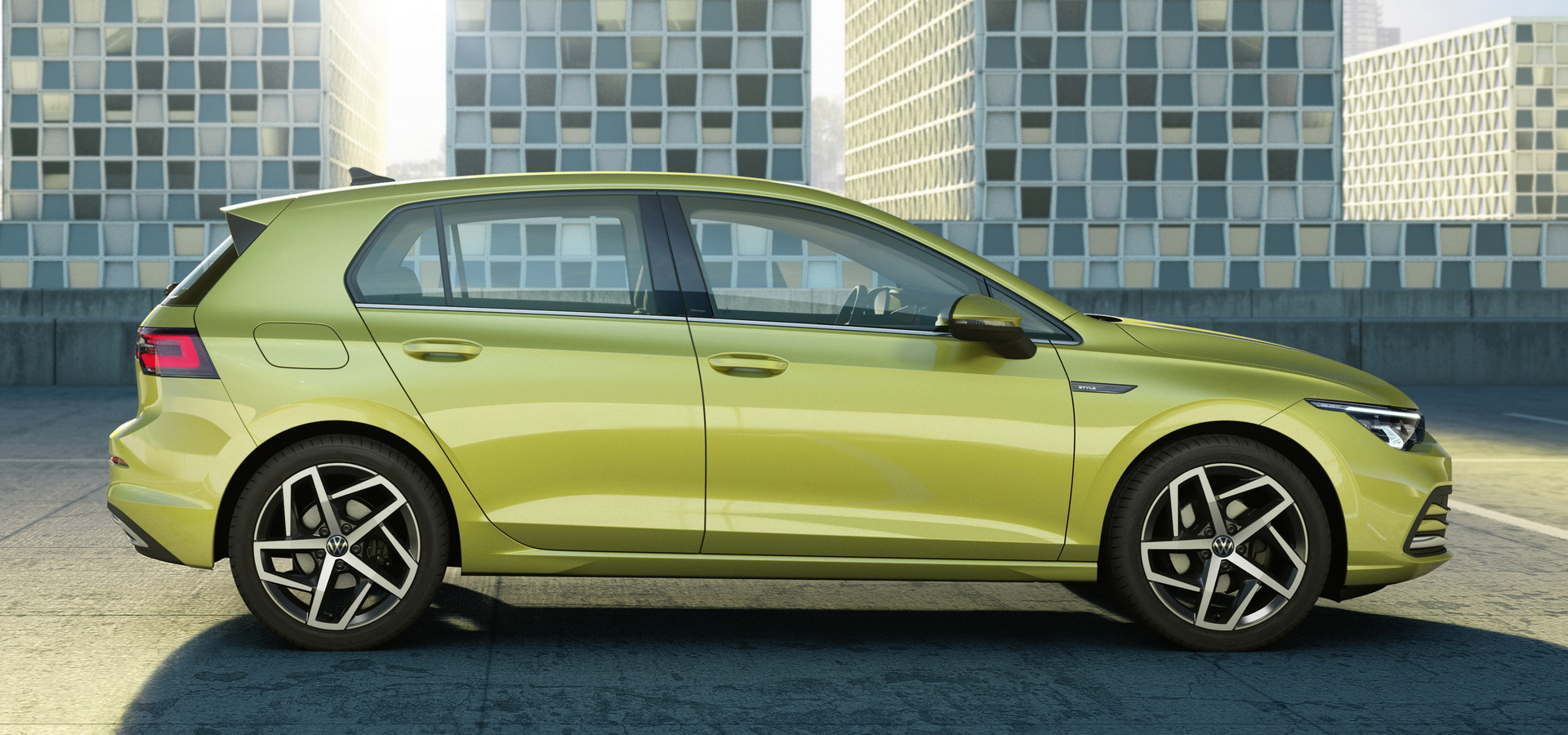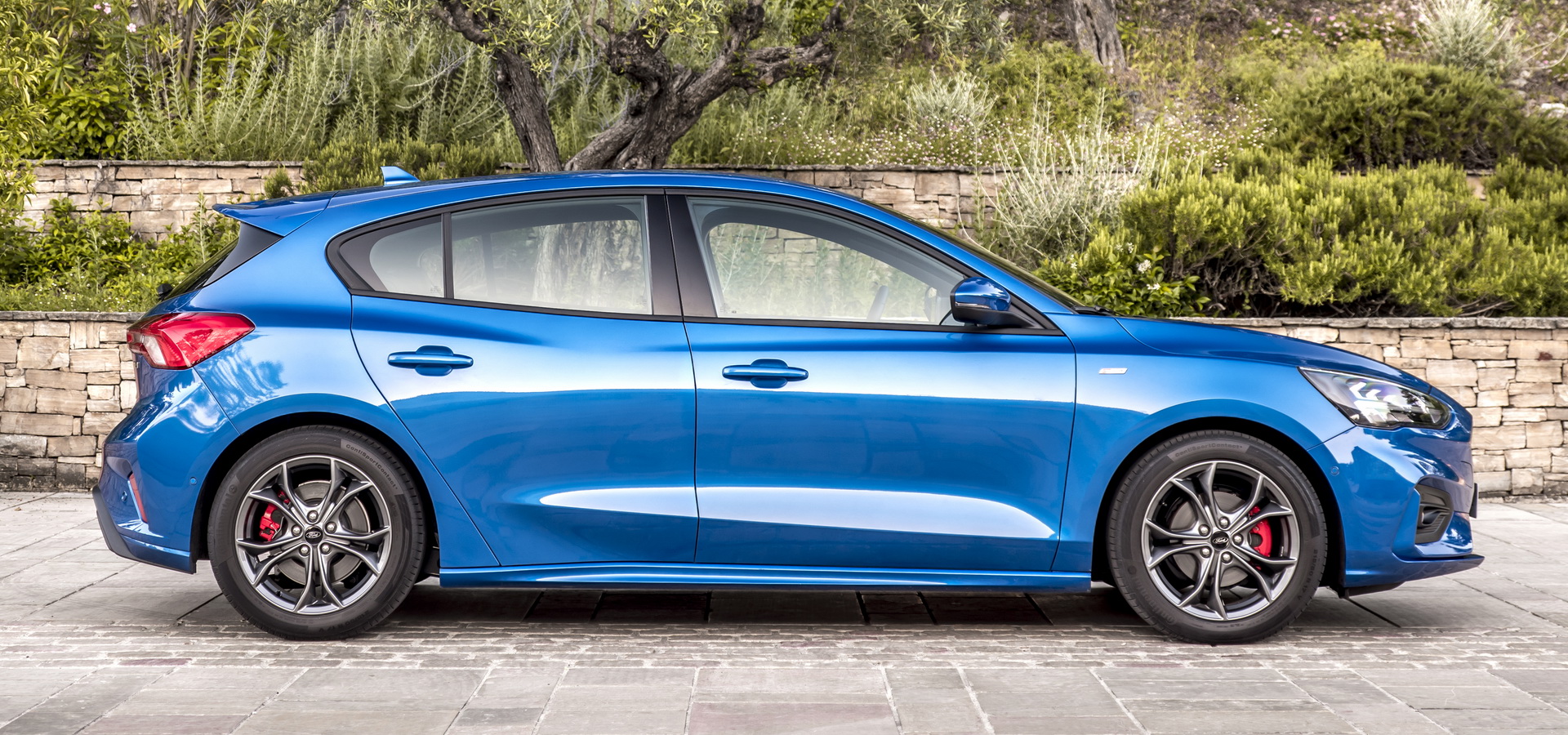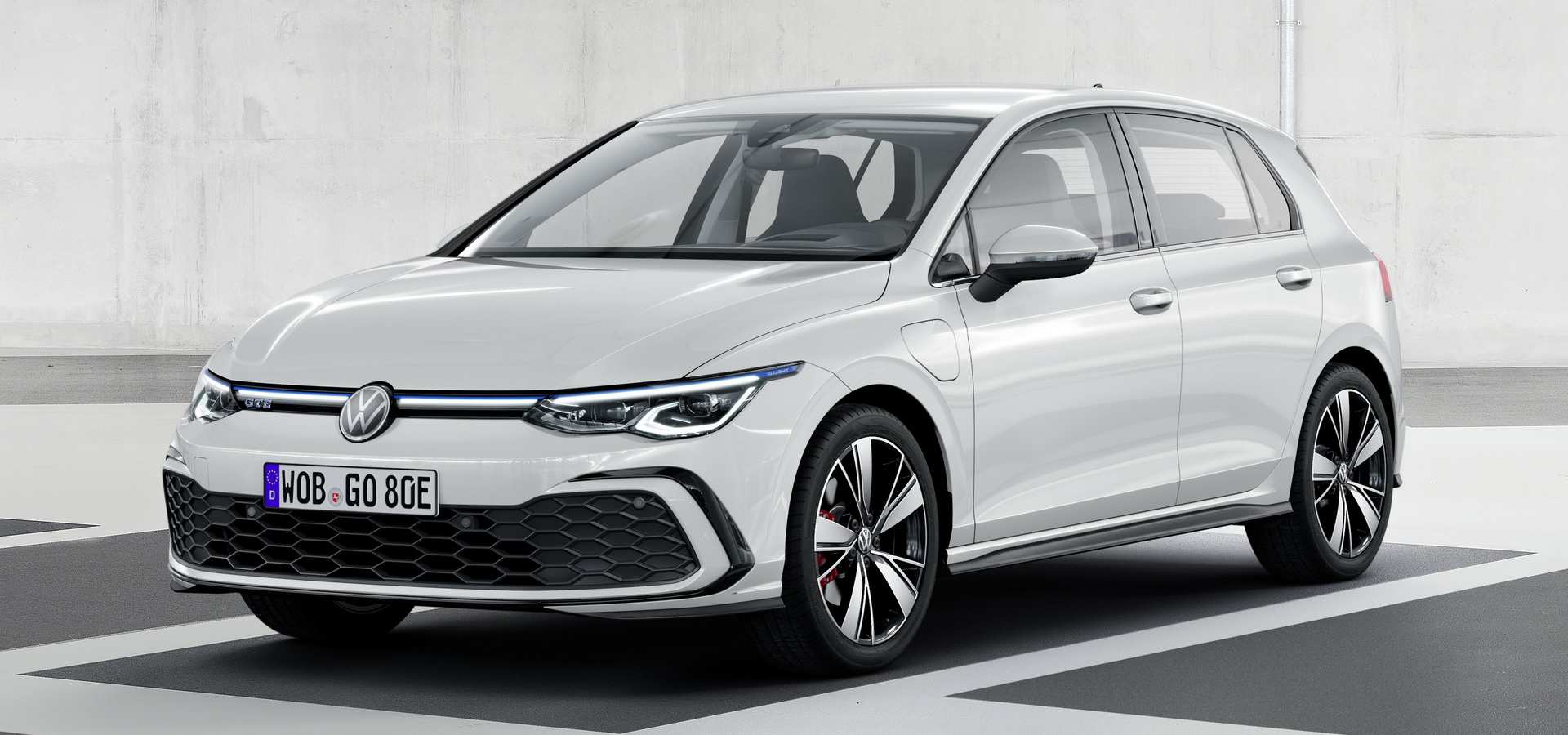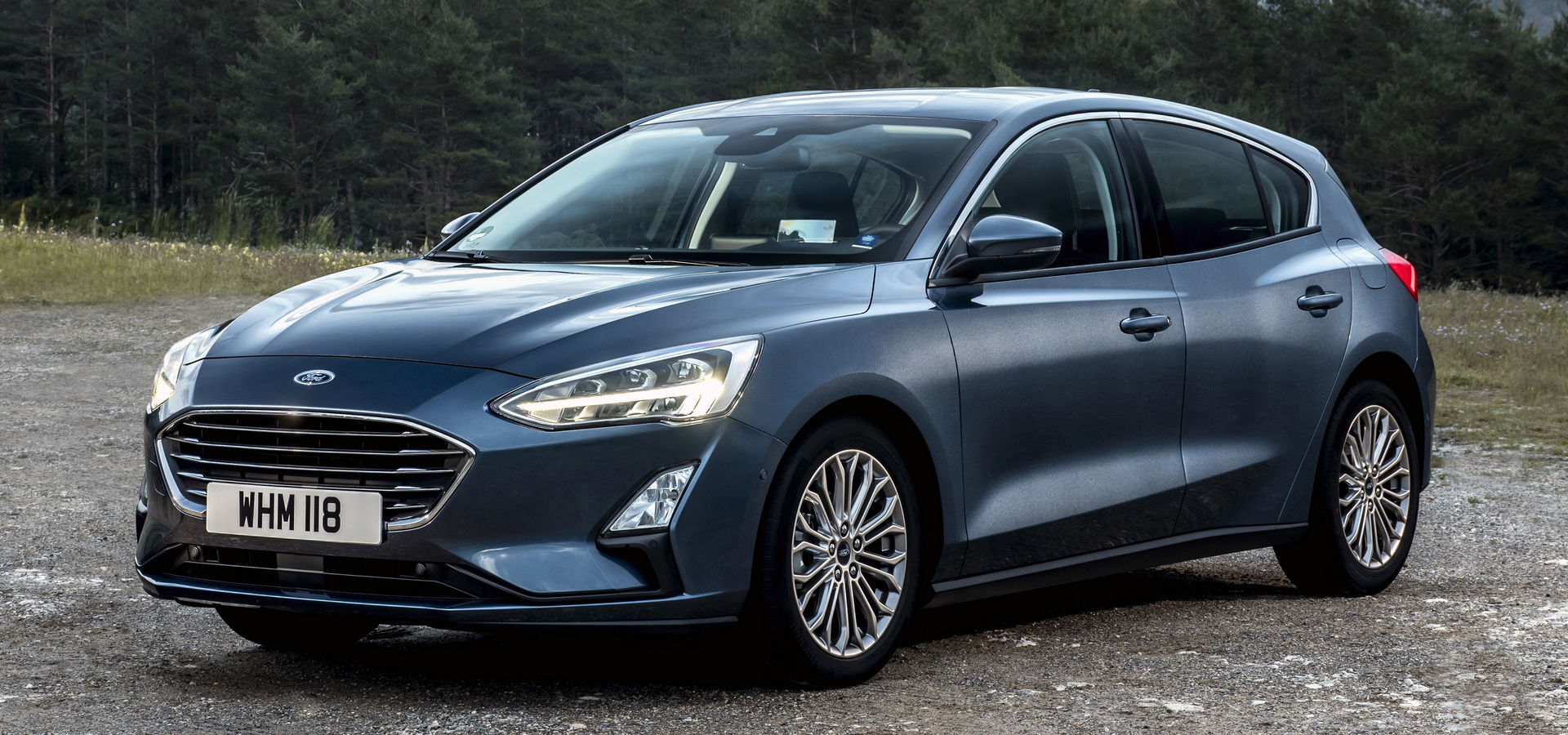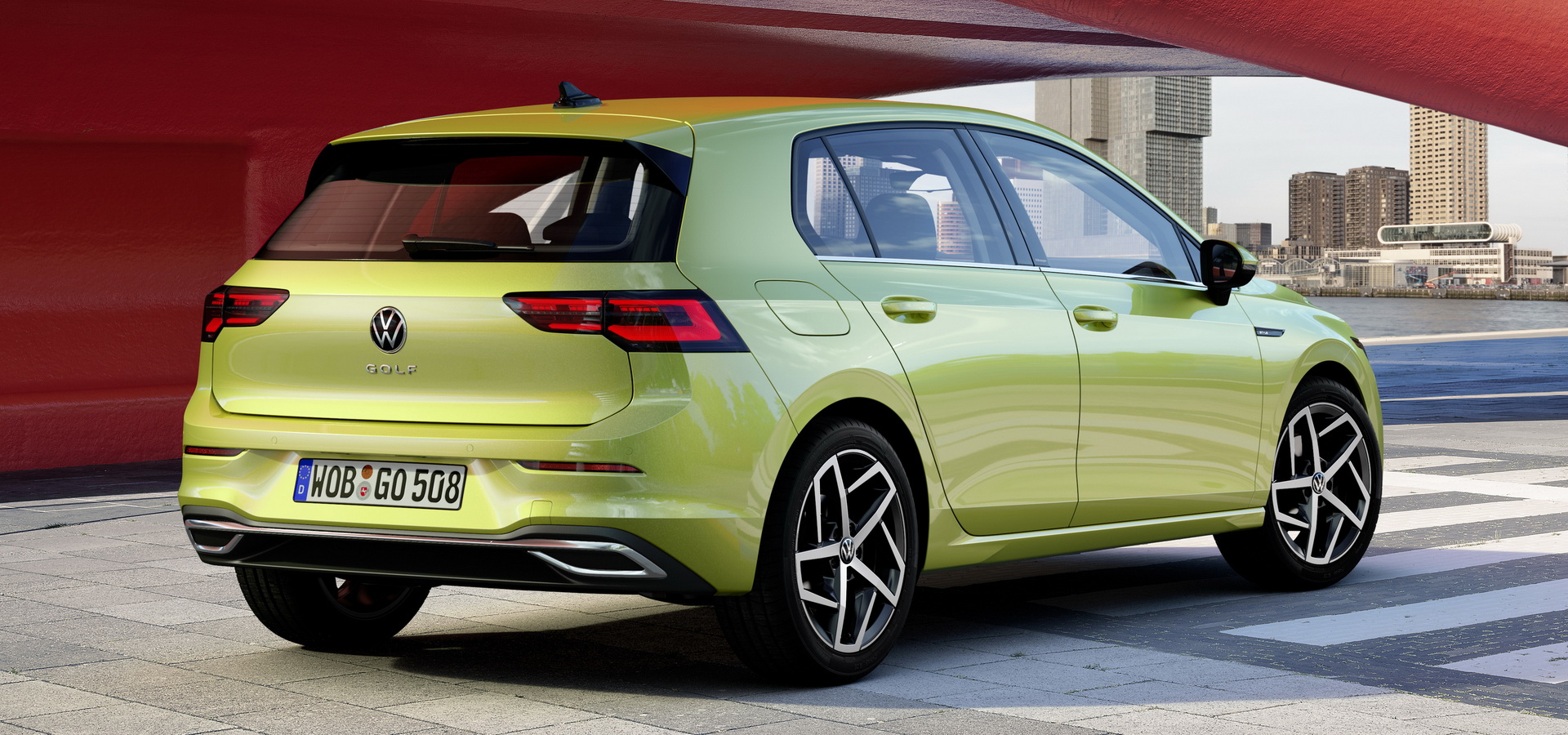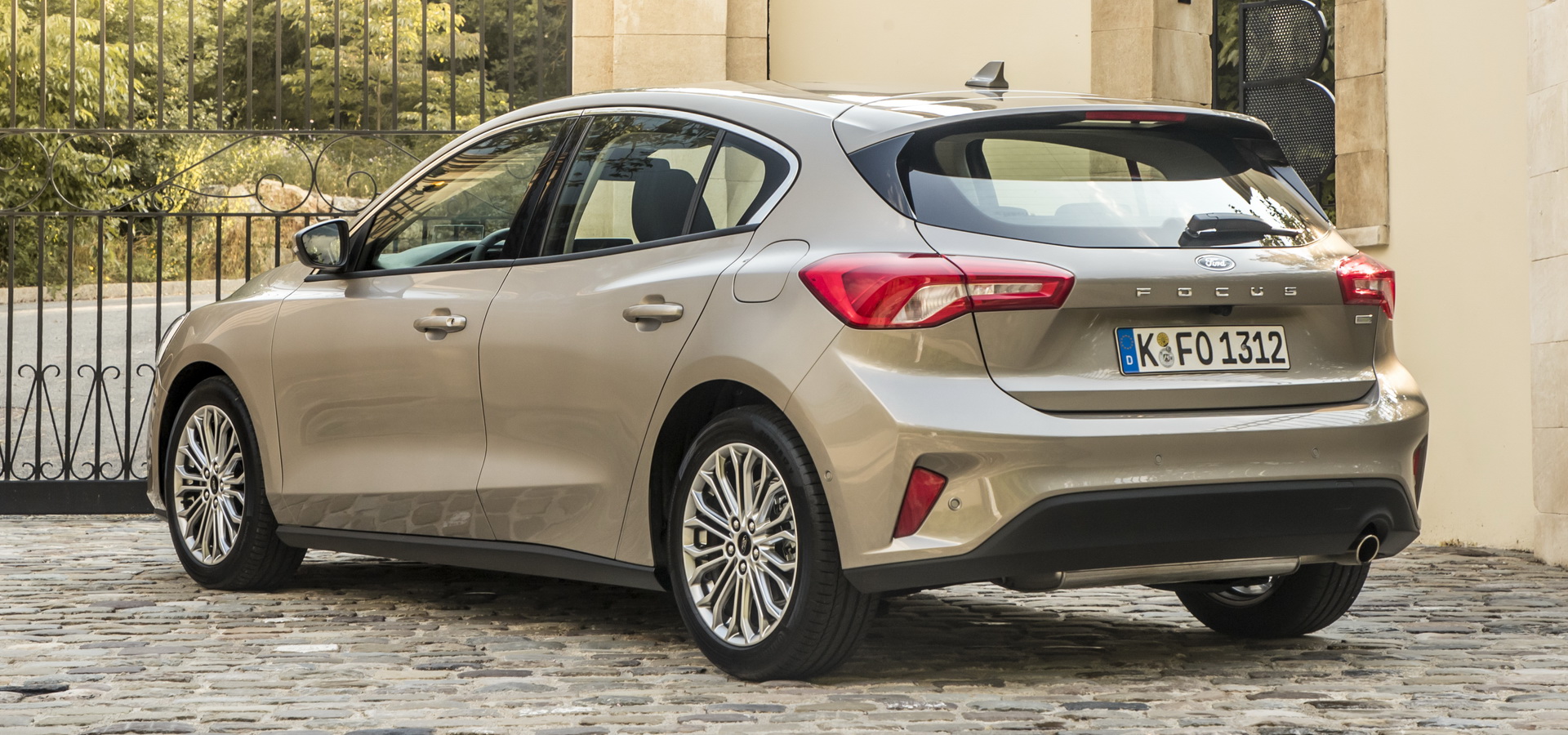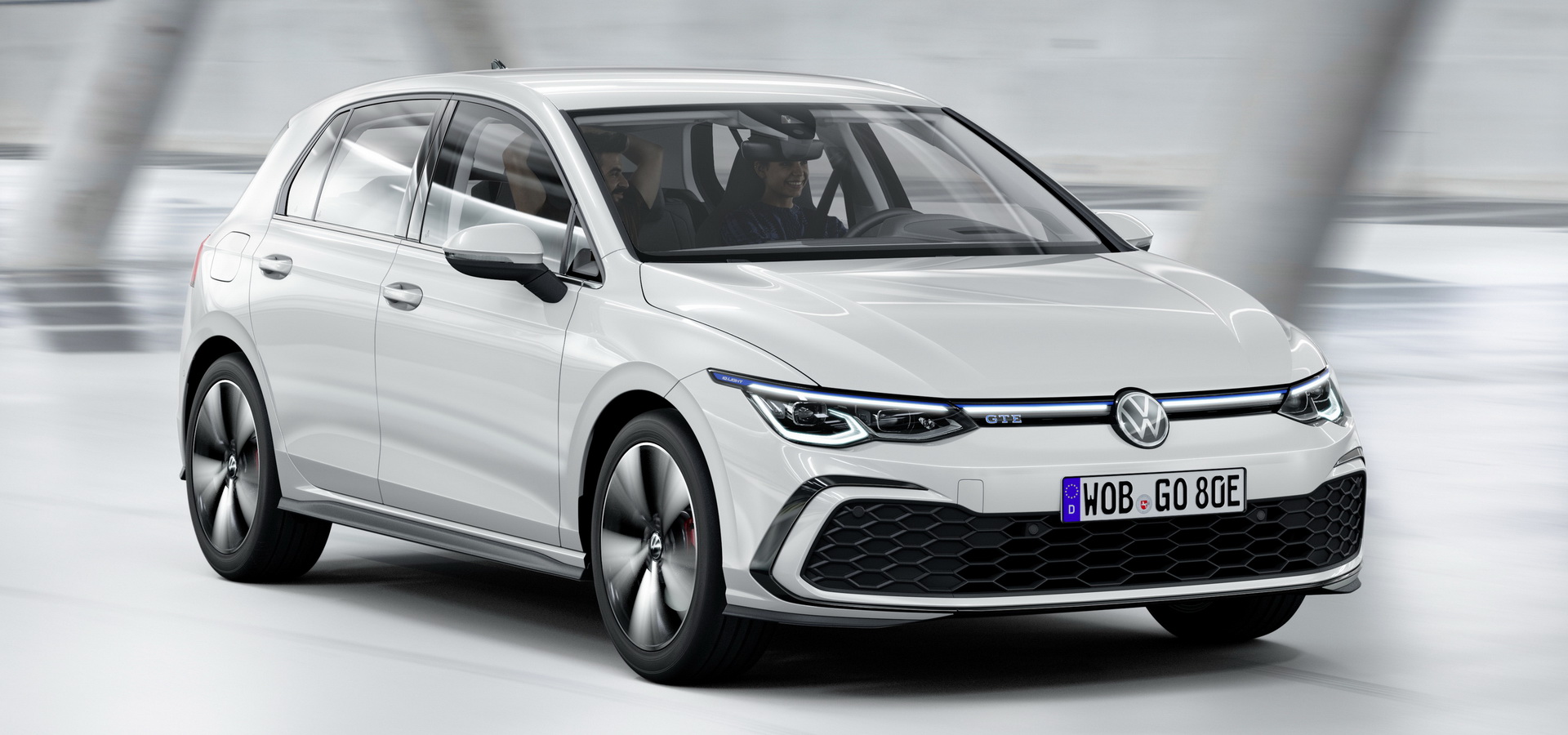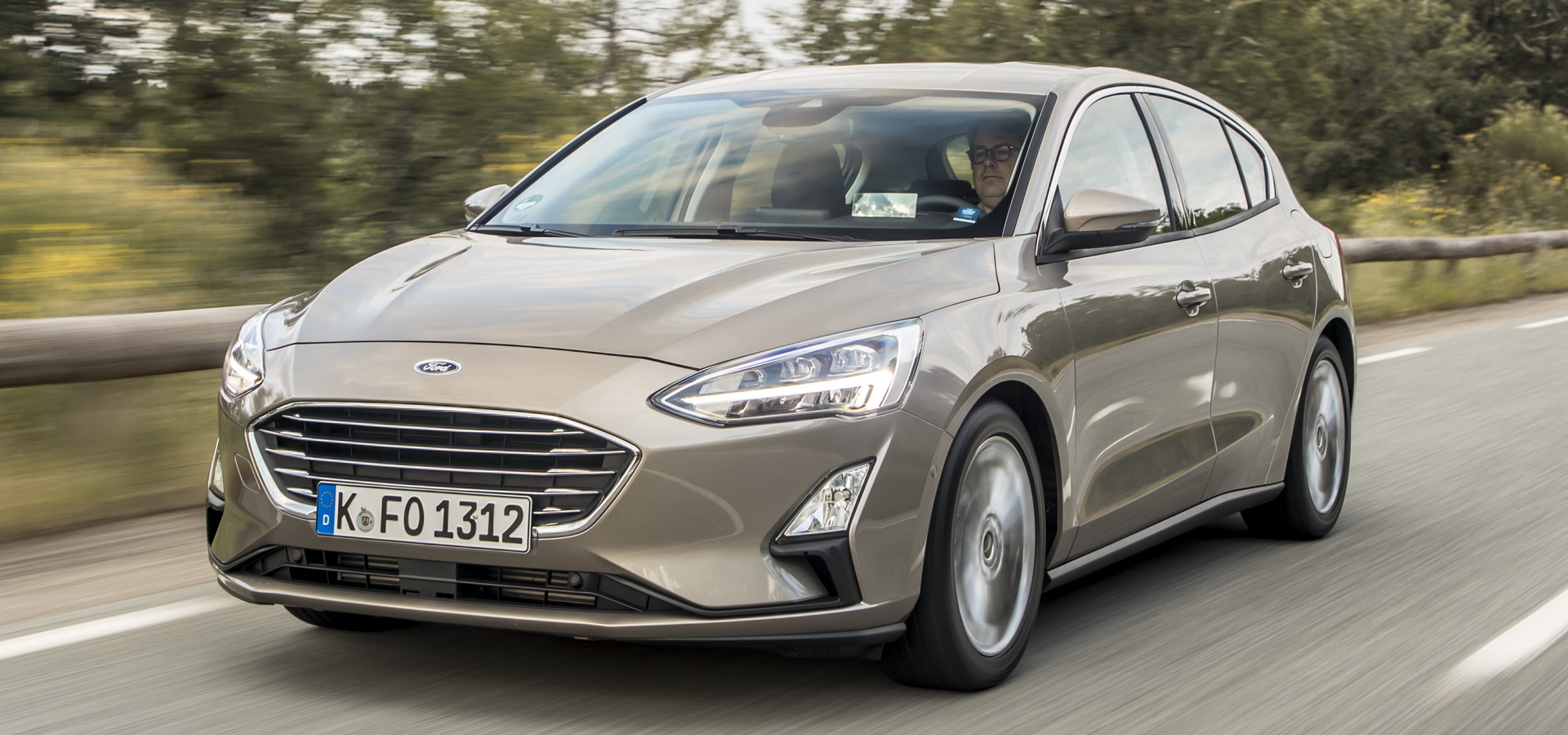The VW Golf, now in its 8th iteration, looks more prepared than ever to walk that fine line between premium compact hatchbacks such as the BMW 1-Series or Mercedes A-Class, and its mainstream rivals like the Ford Focus, Opel Astra, Peugeot 308, Mazda3, Renault Megane and so on.
However, looking at European sales figures through the first half of 2019, it’s Ford’s latest Focus that’s been the most successful model of the bunch at staying on the heels of the Golf – mostly because of its new status.
Thankfully, the latest Focus is more than just an evolutionary take on the previous-generation model. Both the Focus and the Golf have now been completely revamped, featuring a wide range of driver assistance systems, improved interior designs, more efficient engines and better connectivity.
What’s there to see?
There is a clear design philosophy separation between these two cars – more so now than ever before. VW went with a clean, modern and somewhat elegant approach when designing the Mk8 Golf, whereas Ford made its latest Focus look sporty with more aggressive (and busy) lines, especially in ST-Line spec, as evidenced below.
As far as their footprint is concerned, the Focus is clearly the larger of the two, measuring 4,378 mm (172.4 inches) in length, 1,825 mm (71.9 inches) in width and 1,454 mm (57.2 inches) in height, with a wheelbase of 2,700 mm (106.3 inches). The Focus is surprisingly large actually, on the outside at least. It’s wider than an E90 BMW 3-Series, whereas the new Golf has similar measurements to its predecessor: 4,284 mm (168.6 inches) long, 1,789 mm (70.4 inches) wide and 1,456 mm (57.3 inches) tall, with a wheelbase of 2,636 mm (103.7 inches).
Making an emotional decision between these two cars shouldn’t be too difficult though. If you like your hatchbacks looking muscular and dynamic, the Focus is the car for you. However, if you prefer something a little more understated and sharp, the Golf Mk8 would be your better match.
Strong onboard tech on both sides
Since the fourth-gen Focus is still a relatively newcomer in this segment, it’s one of the few models that can actually challenge the Mk8 Golf when it comes to driver assistance and convenience tech.
The latter is a beast though, at least for a non-premium product. It comes with ambient lighting, a proper head-up display (unlike the Ford), an interface for smartphone charging, and Car2X tech as standard, which allows it to connect to its environment. As for safety, there’s adaptive cruise control with predictive speed detection, front assist, travel assist, oncoming vehicle braking when turning, lane-keeping and predictive pedestrian protection.
The Focus, on the other hand, comes with FordPass connectivity, active park assist 2, park-out assist, pre-collision assist with pedestrian and cyclist detection, evasive steering assist, blind spot information with cross traffic alert, rear wide-view camera, wrong way alert and post-collision braking. So yeah, either of these cars is going to keep you safe at a very high level.
Also read: We Compare The 2020 VW Golf Mk8 To The Outgoing Golf Mk7
One clear advantage the Golf has is the clutter-free dashboard design. It just doesn’t bother with having as many buttons as the Focus, and its infotainment display is bigger than the Ford’s by roughly two inches.
Which one do I want to drive?
That depends on how good the new Golf will be on the road, which we won’t know until the first batch of official reviews begins to roll in. On paper though, right now the VW has more eco-friendly power units than the Ford. However, the Focus will also gain its own 48-volt mild hybrid variant sometime next year, so in the end, it might come down to how much variation there is in terms of hybridization, and of course, driving pleasure.




